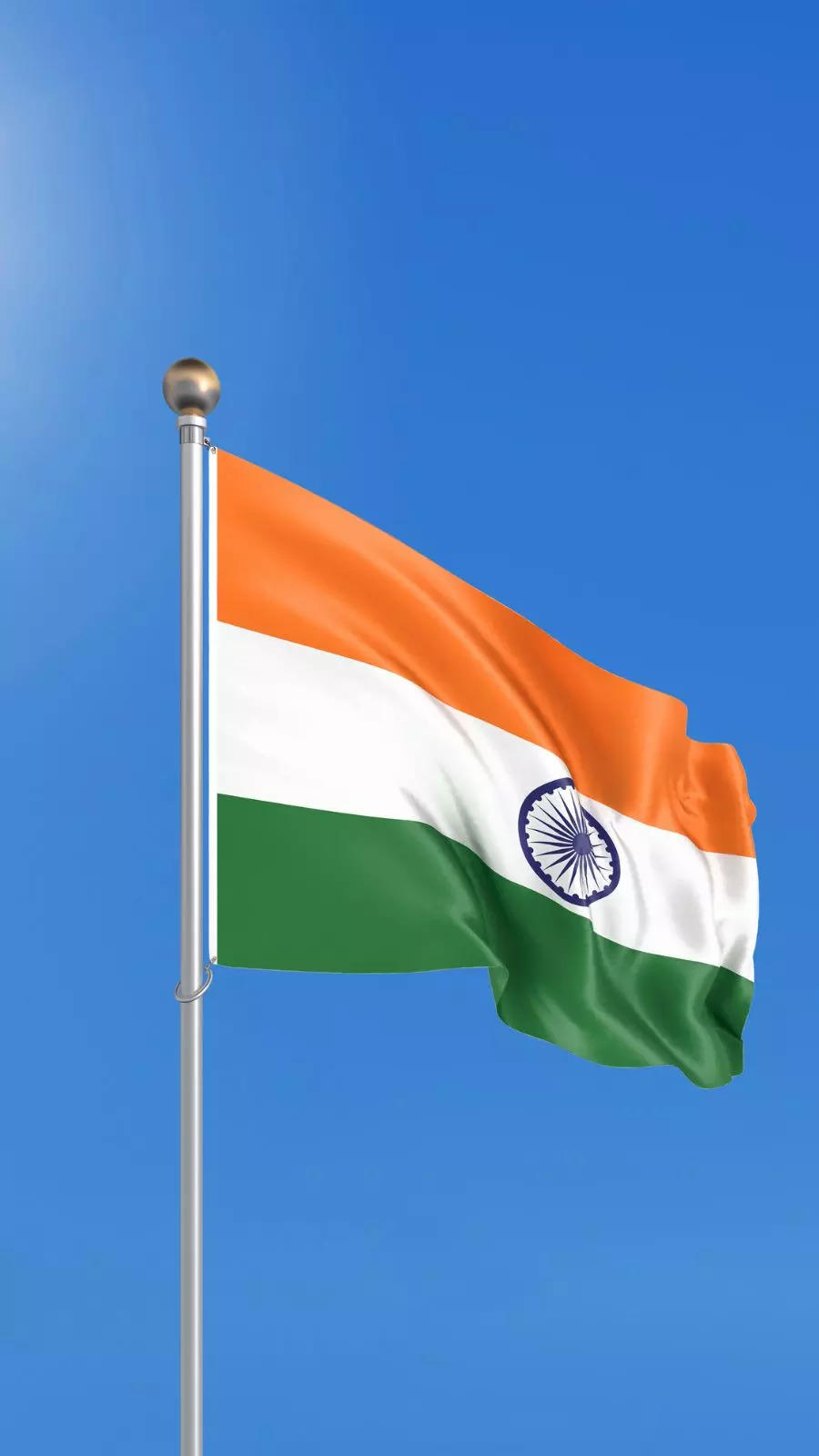Exploring The Richness Of Indian Culture And Traditions
India, a land of diversity, is home to some of the world's most vibrant cultures and traditions. The term "Indian" encompasses a wide array of ethnicities, languages, and customs that have evolved over thousands of years. This article delves into the fascinating world of Indian culture, exploring its history, traditions, and modern-day significance.
As the world becomes more interconnected, understanding Indian culture becomes increasingly important. Whether you're a traveler planning to visit India or someone interested in global diversity, this guide will provide valuable insights into what it means to be Indian.
In this article, we'll explore the historical roots of Indian traditions, the diverse cultural practices, and the modern influences shaping Indian identity today. By the end, you'll gain a deeper appreciation for one of the world's most fascinating civilizations.
Read also:Brock Lesnar The Untamed Beast Of Wrestling And Mma
Table of Contents
- History of Indian Civilization
- Cultural Diversity in India
- Religious Influence on Indian Life
- Languages Spoken in India
- Traditional Practices in India
- Indian Cuisine and Its Global Impact
- Art and Architecture in India
- Indian Music and Dance
- Modern Indian Society
- Future of Indian Culture
History of Indian Civilization
The history of Indian civilization dates back over 5,000 years, with the Indus Valley Civilization being one of the world's earliest urban cultures. This ancient civilization thrived along the Indus River and is renowned for its advanced urban planning, architecture, and social organization.
Key Historical Milestones
- Indus Valley Civilization (3300–1300 BCE)
- Vedic Period (1500–500 BCE)
- Maurya Empire (322–185 BCE)
- Gupta Empire (320–550 CE)
According to UNESCO, India is home to 38 World Heritage Sites, reflecting its rich historical legacy. These sites include the Taj Mahal, Ajanta Caves, and Khajuraho Group of Monuments.
Cultural Diversity in India
India's cultural diversity is unparalleled, with over 2,000 ethnic groups and numerous languages spoken across the country. This diversity is a result of centuries of migration, trade, and cultural exchange.
Key Cultural Elements
Some of the key cultural elements include:
- Traditional clothing such as sarees, dhotis, and salwar kameez
- Festivals like Diwali, Holi, and Eid
- Art forms including classical dance and folk music
A report by the Indian Ministry of Culture highlights that India has over 1,652 dialects and 22 officially recognized languages, making it one of the most linguistically diverse countries in the world.
Read also:Does Drake Have A Wife Exploring The Personal Life Of The Global Superstar
Religious Influence on Indian Life
Religion plays a central role in Indian life, with Hinduism, Islam, Christianity, Sikhism, Buddhism, and Jainism being the major faiths practiced in the country. These religions have significantly influenced Indian culture, art, and architecture.
Religious Practices
Some of the key religious practices include:
- Yoga and meditation
- Pilgrimages to sacred sites
- Celebration of festivals
A study published in the Journal of Religion and Health found that religious practices contribute positively to mental health and community well-being in India.
Languages Spoken in India
India is home to 22 officially recognized languages, with Hindi and English being the most widely spoken. The linguistic diversity reflects the country's rich cultural heritage and historical influences.
Major Languages
Some of the major languages include:
- Hindi (spoken by 41% of the population)
- Bengali (spoken by 8.1% of the population)
- Telugu (spoken by 7.2% of the population)
Data from the Indian Census Bureau shows that over 19,500 languages and dialects are spoken in India, making it one of the most linguistically diverse countries in the world.
Traditional Practices in India
Traditional practices in India are deeply rooted in history and culture, influencing daily life and social interactions. These practices include rituals, customs, and social norms that have been passed down through generations.
Key Traditional Practices
Some of the key traditional practices include:
- Arranged marriages
- Joint family systems
- Respect for elders
A report by the Indian Institute of Social Sciences highlights that traditional practices continue to play a significant role in shaping Indian society, particularly in rural areas.
Indian Cuisine and Its Global Impact
Indian cuisine is renowned worldwide for its rich flavors, diverse ingredients, and intricate cooking techniques. From spicy curries to sweet desserts, Indian food offers a culinary experience like no other.
Popular Dishes
Some of the most popular Indian dishes include:
- Butter chicken
- Masala dosa
- Biryani
According to the International Food Information Council, Indian cuisine has gained significant popularity globally, with curry being one of the most searched-for dishes on food platforms.
Art and Architecture in India
Indian art and architecture reflect the country's rich cultural heritage and historical influences. From ancient cave paintings to modern skyscrapers, India's artistic expressions are diverse and captivating.
Iconic Architecture
Some of the most iconic architectural sites include:
- Taj Mahal
- Ajanta Caves
- Ellora Caves
The Indian National Trust for Art and Cultural Heritage (INTACH) reports that India has over 100,000 documented historical monuments, many of which are UNESCO World Heritage Sites.
Indian Music and Dance
Indian music and dance are integral parts of the country's cultural identity, with classical and folk traditions continuing to thrive in modern times. These art forms have evolved over centuries, influenced by various cultural and historical factors.
Types of Music
Some of the major music genres include:
- Hindustani classical music
- Carnatic classical music
- Folk music
Research published in the Journal of Musicology highlights that Indian music has significantly influenced global music trends, particularly in the realms of fusion and world music.
Modern Indian Society
Modern Indian society is a blend of traditional values and contemporary influences, reflecting the country's rapid development and globalization. Urbanization, technology, and education have transformed many aspects of Indian life while preserving cultural heritage.
Key Social Trends
Some of the key social trends include:
- Increase in urbanization
- Growth of digital technology
- Changing gender roles
Data from the World Bank shows that India's urban population has grown significantly in recent years, with over 34% of the population now living in cities.
Future of Indian Culture
The future of Indian culture lies in balancing traditional values with modern influences. As globalization continues to shape the world, India's rich cultural heritage will play a crucial role in maintaining its unique identity.
Experts predict that technological advancements, cultural exchanges, and educational initiatives will further enrich Indian culture, making it even more vibrant and diverse in the coming years.
Conclusion
In conclusion, the term "Indian" represents a rich tapestry of cultures, traditions, and histories that have evolved over thousands of years. From ancient civilizations to modern-day society, India continues to be a land of diversity and innovation.
We invite you to explore more about Indian culture by reading related articles on our website. Feel free to leave your thoughts and questions in the comments section below. Let's continue the conversation and celebrate the beauty of Indian culture together!

